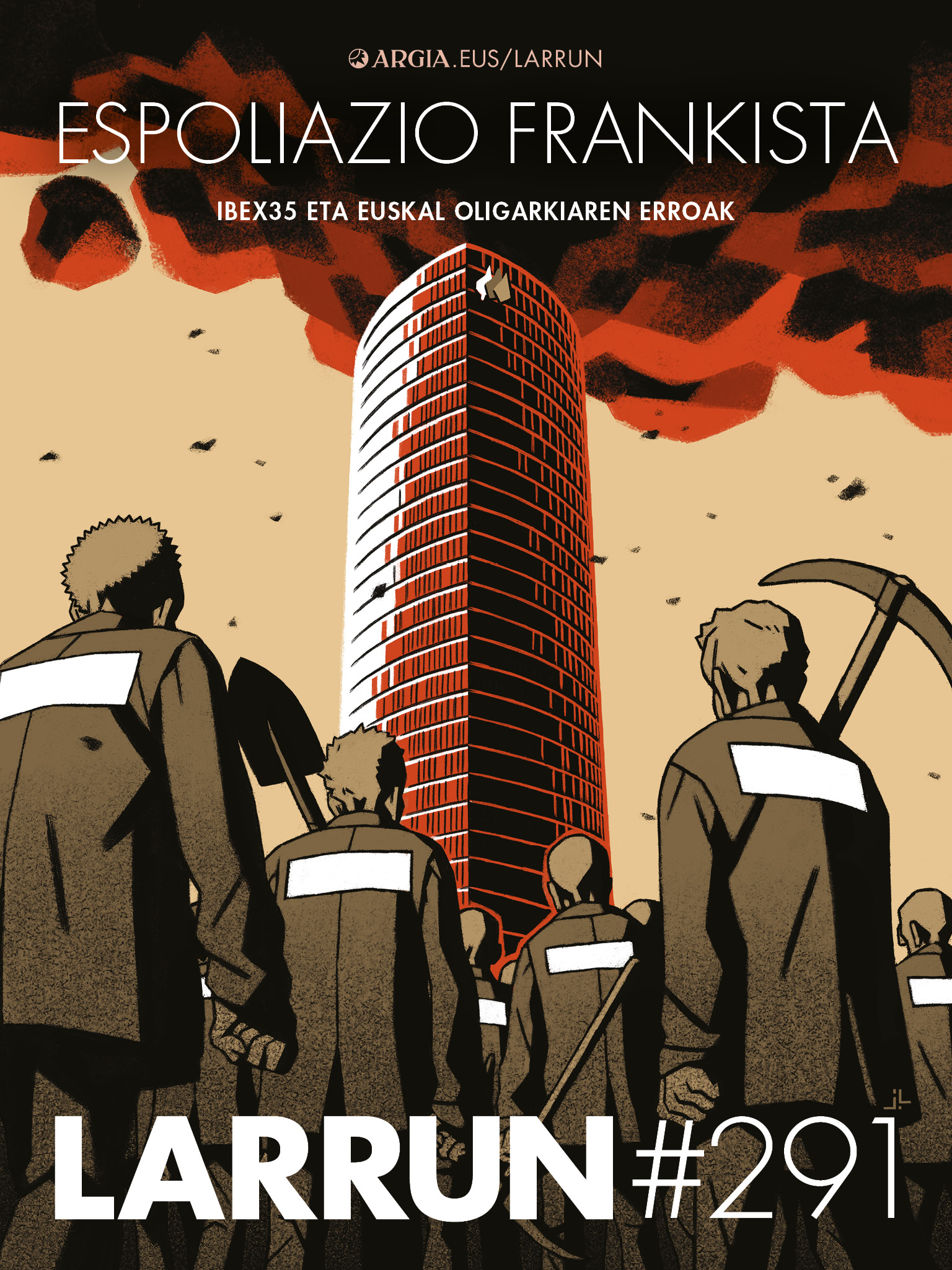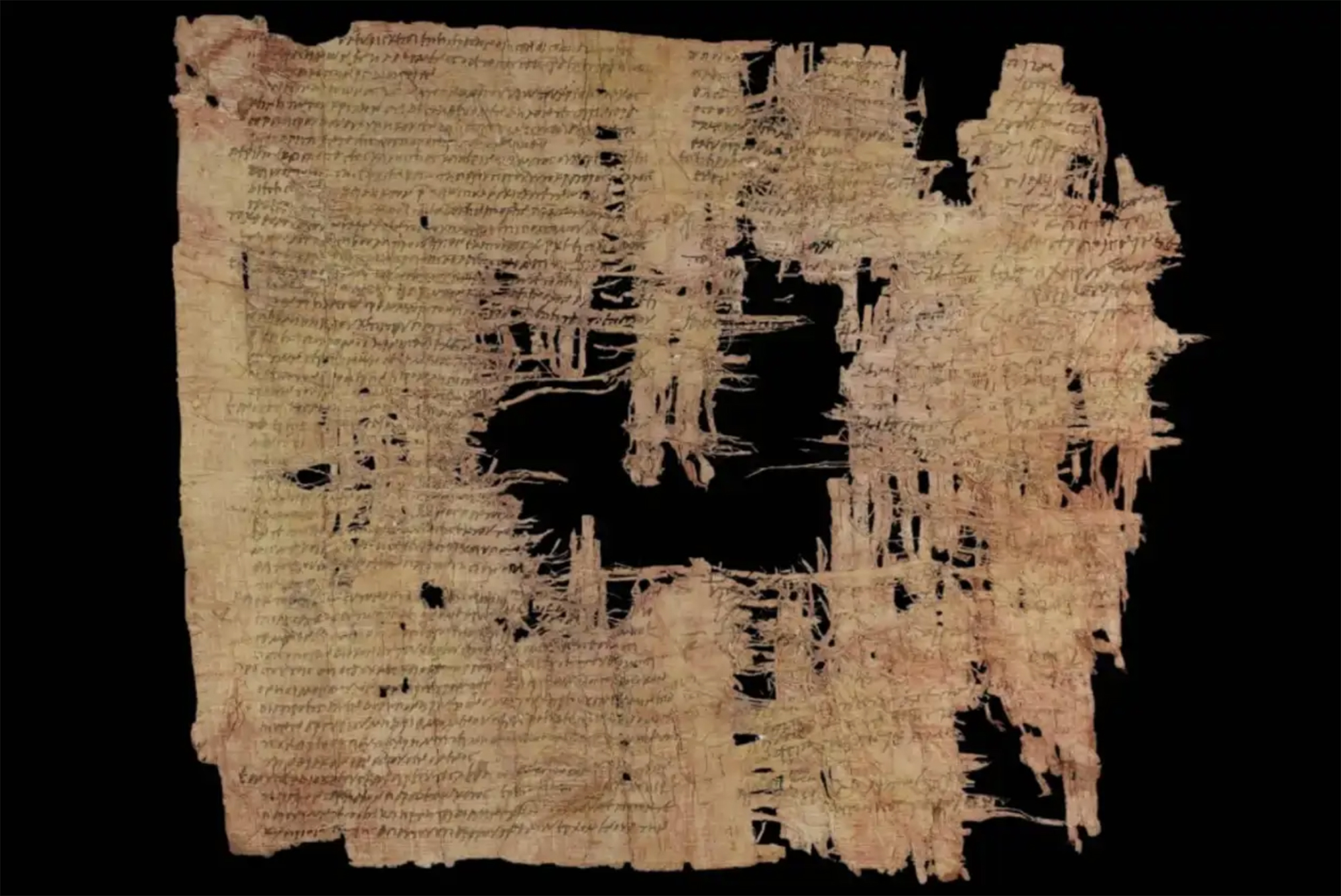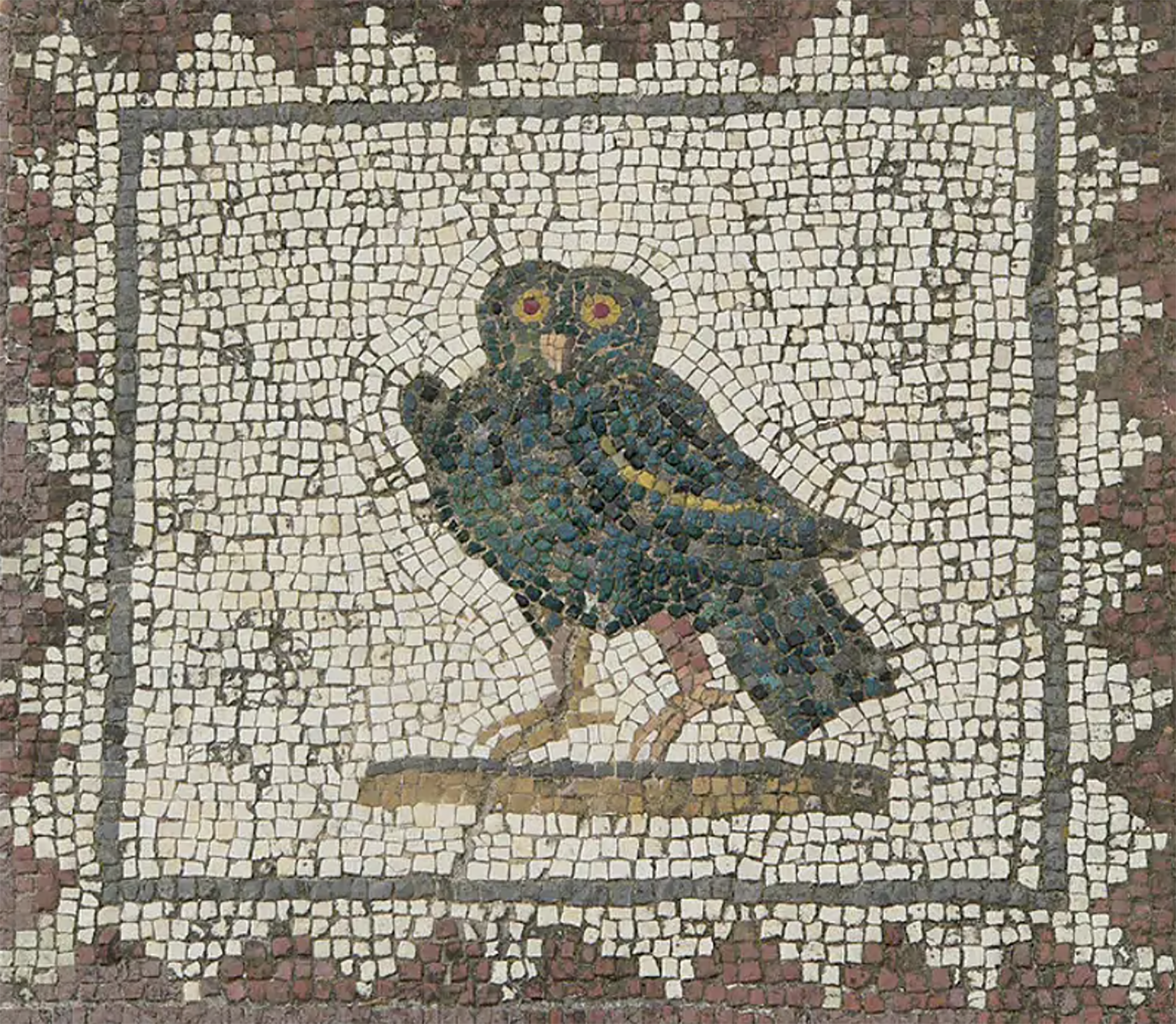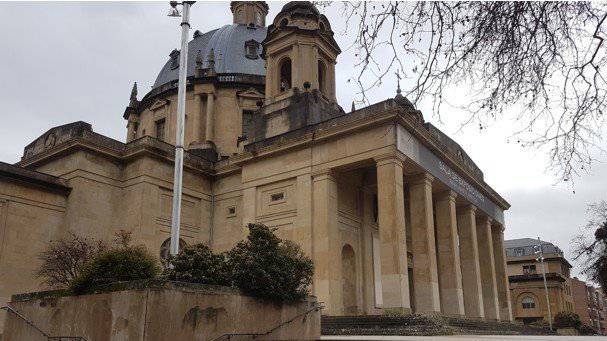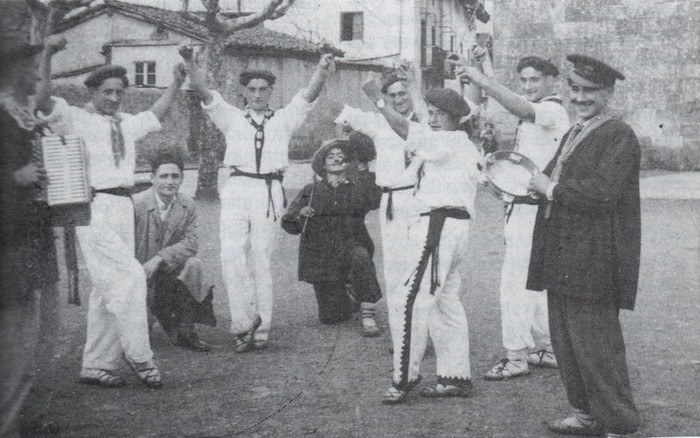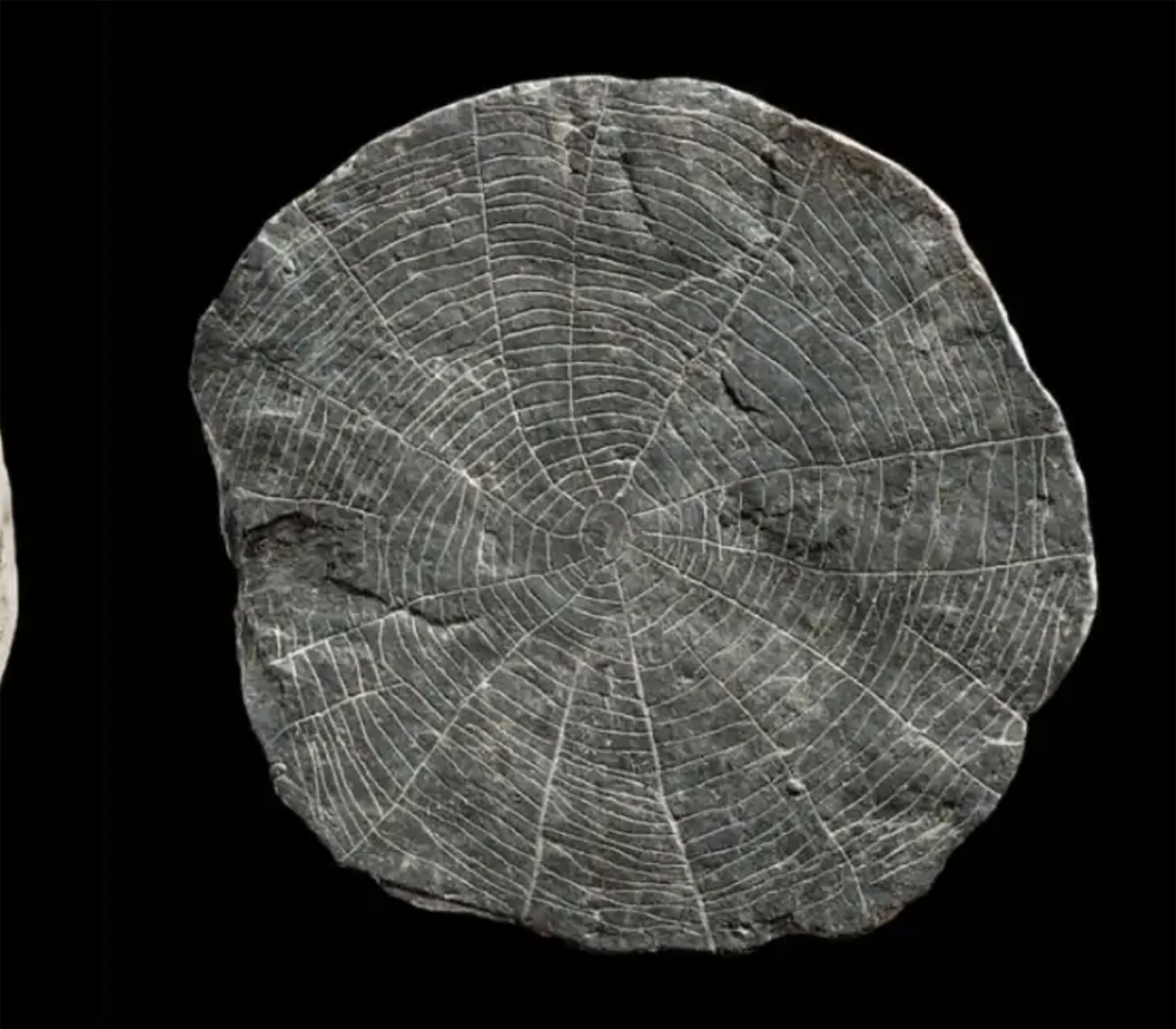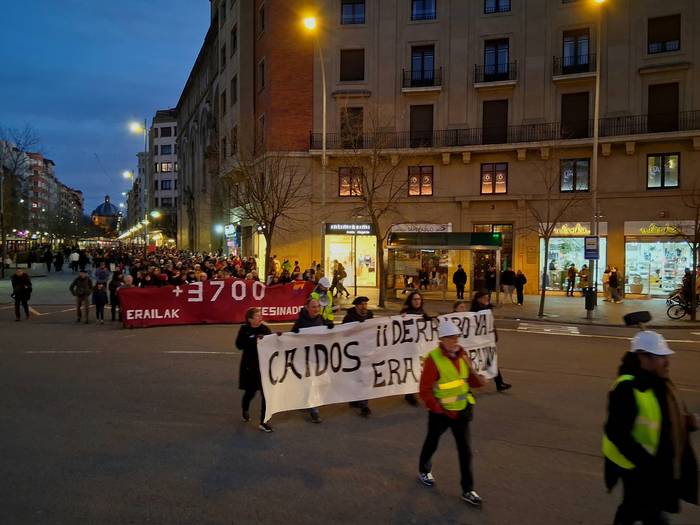Diñeiro de escravos
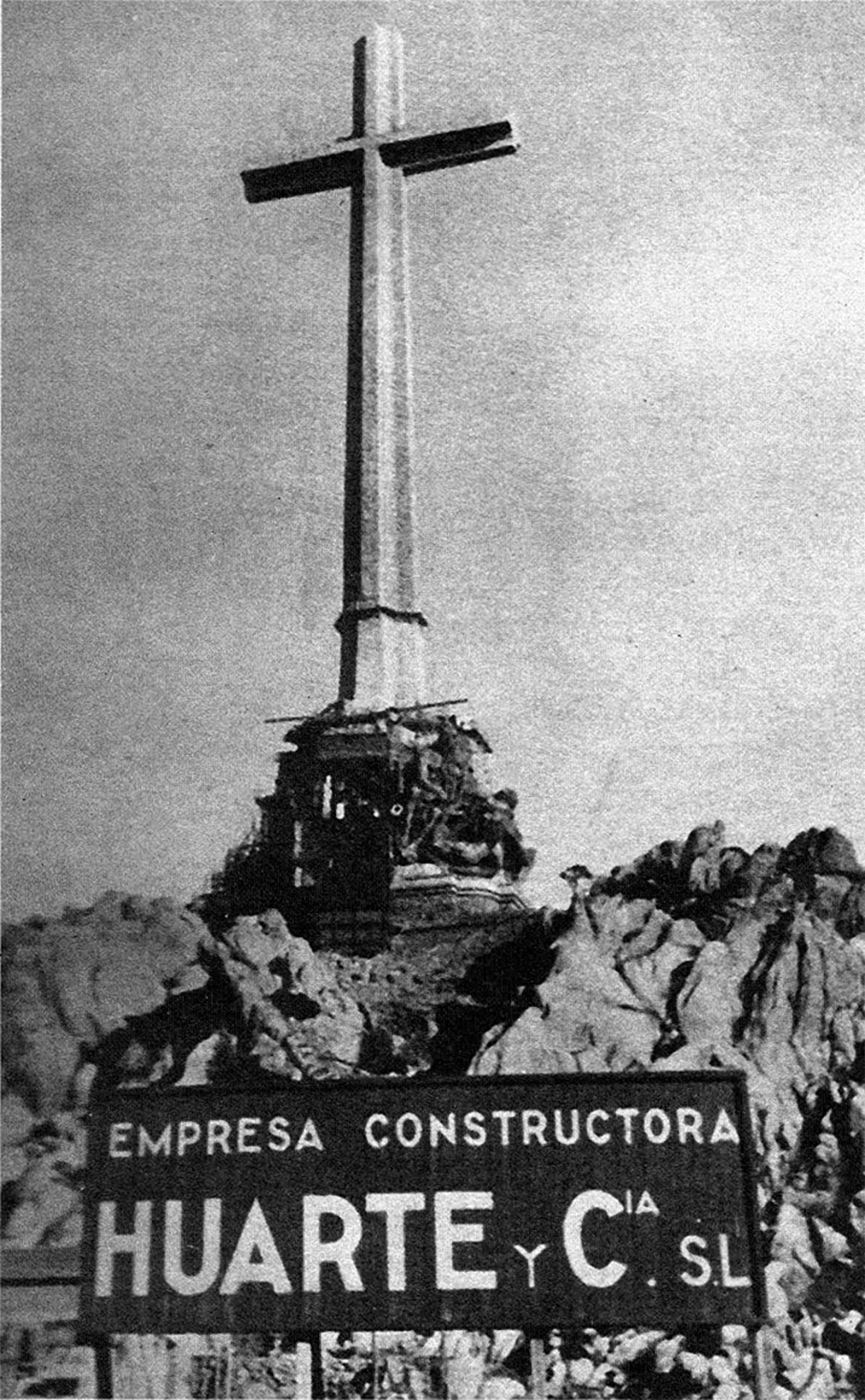
No Estado español de postguerra, polo menos 400.000 persoas exerceron labores obrigatorios en batallóns obreiros ou en batallóns penais de soldados como escravos. Este dato deuno o historiador andaluz José Luís Gutierrez Molina.
Gutiérrez e María Servini, un dos impulsores do proxecto de base de datos para a recuperación da memoria histórica en Andalucía Todoslosnombres.org, é tamén un dos creadores da querela contra os crimes do franquismo ante o xuíz arxentino. Di que o valor dos traballos forzosos pódese cuantificar en 800 millóns de euros: “Desde os pequenos talleres até a gran industria vasca, catalá e andaluza, non houbo sector sen man de obra escaiola”, afirma.
En Euskal Herria, son coñecidas as historias que contan como foron acompañados de frío e fame por científicos, sobre todo grazas ao traballo pioneiro dos investigadores Fernando Mendiola e Edurne Beaumont. Pero aínda non aprendemos os nomes das empresas que utilizaron a man de obra como presa, fóra dunha delas, polo seu simbolismo: Huarte e Cía, S.L.
O empresario Félix Huarte, que construíu o Val dos Herorios, deixou unha longa sombra en Navarra. Foi un dos que rompeu todos os seus contactos coas autoridades da Segunda República e cambiou de camisa tras o levantamento de 1936, que foi vicepresidente da Deputación de Navarra. Creou un gran imperio co seu tecido empresarial, até alcanzar as 17.000 persoas empregadas, cantas delas eran realmente libres?
As iniciativas de Huarte no desenvolvemento industrial de Navarra foron claves para a historiografía navarra dereitista, que deseñou en 1964 o Plan de Promoción Industrial (PPI). Pero Iván Giménez di no seu libro O corralito foral que ese desenvolvemento viña de antes, e que a maioría das subvencións do PPI destináronse a empresas como Laminaciones de Lesaka, Sarrió, de Leitza, e sobre todo a empresas de Huarte, onde o 4% das empresas recibiron o 70% das axudas. É dicir, foi unha excelente operación para transferir diñeiro público ao peto do magnate pamplonés: “Os peixes de gran auga recibiron o mellor bocado”.
Outra forma aberta polas autoridades franquistas aos empresarios para aforrar diñeiro foi a fiscalidade. En Navarra, a presión fiscal que exercían as empresas non chegaba á metade dos demais territorios
Outra forma aberta polas autoridades franquistas aos empresarios para aforrar diñeiro foi a fiscalidade. En Navarra, a presión fiscal que exercían as empresas non chegaba á metade dos demais territorios: “De feito, este beneficio beneficiou aos industriais que realizaran investimentos con anterioridade”.
A empresa Huarte é actualmente H de acrónimos OHLA e está convertida nunha gran multinacional que abriu as súas ás. Pola súa banda, a terceira xeración da familia Huarte desprazou a enorme fortuna xerada a partir do traballo dos escravos do franquismo: A través do fondo Uriel Investimentos, con sede social en Madrid, diversificou o negocio polo si ou polo non en todo o mundo… Porque o seu capital de 14 millóns de euros non é a tose de medianoite.
De Babcock & Wilcox a Industrias Egaña
En ocasións, os empresarios acudían directamente aos campos de concentración ou aos centros penais para crear batallóns e buscar traballadores. Dos datos extraídos por Gutiérrez do Padroado para a Flexibilización de Sancións a través do Traballo ou da lista recollida por Fernando Mendiola na publicación Os Camiños da Memoria, coñecemos máis nomes das empresas vascas que utilizaron escravos:
A fábrica de maquinaria agrícola Múgica e Arellano de Pamplona aproveitou aos presos; a mítica compañía Babco & Wilcox de Sestao fixo o mesmo entre 1939 e 1945 –chegou a utilizar 168 escravos–; en Zestoa, na canteira de Arroa, para a empresa Ferrocarrís e Construcións ABC, que cargaba a pedra; entre outros, para facer fronte aos talleres de presas de Medegaña de 1936 mulleres. Son só algúns exemplos dunha longa lista.
Judea, 2nd century AD. In the turbulent atmosphere of the Roman province, a trial was held against Gaddaliah and Saul, accused of fraud and tax evasion. The trial was reported on a 133-line paper in Greek (pictured). Thinking that it was a Nabataean document, the papyrus was... [+]
Poloniar ikerlari talde batek Sevillako Italica aztarnategiko Txorien Etxea aztertu du, eta eraikinaren zoruko mosaikoak erromatar garaiko hegazti-bilduma xeheena dela ondorioztatu du.
Txorien etxean 33 hegazti daude mosaikoetan xehetasun handiz irudikatuta. Beste... [+]
Archaeologists have discovered more than 600 engraved stones at the Vasagård site in Denmark. According to the results of the data, dating back to 4,900 years ago, it is also known that a violent eruption of a volcano occurred in Alaska at that time. The effects of this... [+]
Vietnam, February 7, 1965. The U.S. Air Force first used napalma against the civilian population. It was not the first time that gelatinous gasoline was used. It began to be launched with bombs during World War II and, in Vietnam itself, it was used during the Indochina War in... [+]
I just saw a series from another sad detective. All the plots take place on a remote island in Scotland. You know how these fictions work: many dead, ordinary people but not so many, and the dark green landscape. This time it reminded me of a trip I made to the Scottish... [+]
Japan, 8th century. In the middle of the Nara Era they began to use the term furoshiki, but until the Edo Era (XVII-XIX. the 20th century) did not spread. Furoshiki is the art of collecting objects in ovens, but its etymology makes its origin clear: furo means bath and shiki... [+]







